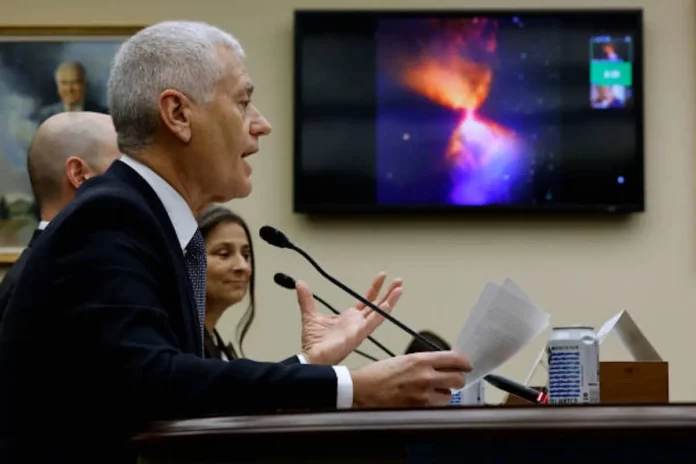
In July 2022 history was made as the first image from the James Webb telescope was released to the world. This telescope is allegedly said to be a successor of the Hubble telescope. The Webb telescope has successfully spotted thousands of galaxies, that were never seen before by the Hubble or any other telescopes, which may have formed 350 million years after the Big Bang.
According to records, this telescope has immediately broken cosmic records soon after the telescope was unveiled. It has been found to have taken the deepest view ever of the universe, an incredible achievement. This was previously recorded in the name of the Hubble Space telescope that identified galaxies formed 400 million years after the universe was created.
Comparing Webb’s first image, similar to those captured by The Hubble earlier of the same patch of sky, you can see how detailed Webb’s camera is capable of capturing.
The Webb Telescope often gets called the replacement for the Hubble, but NASA prefers calling it a successor of the Hubble. The two telescopes are often thought to be identical but each of the telescopes differs in their capabilities. Hubble is in orbit around the earth while Webb views the universe from 1.5 million kilometers away, which is 1 million miles away, a location called Lagrange point.
Garth Illingworth of the University of California, Santacruz, co-authored a published article on Thursday, in which he said “This is a very dynamic time, there have been lots of preliminary announcements of even earlier galaxies, and we’re still trying to sort out as a community which one of those are likely to be real.”
The reports state that each photo taken by both telescopes is of a galaxy cluster called SMACS0723 located 4.6 billion light years away. This area of space is particularly intriguing for astronomers as the galaxies’ gravitational pull distorts the light of more distant galaxies behind them, making it easy to view them because of this phenomenon known as gravitational lensing.
The gravitational lensing makes it easier for Webb to look much farther away and hence some of the lights from distant objects seem curved and warped.
Rohan Naidu of the Harvard-Smithsonian Center for Astrophysics and his team in an article in the Astrophysical Journal elaborate on the two exceptionally big galaxies. “The first is thought to have formed 350 million years after the Big Bang and the other 450 million (45 crores) years after.”
“If as per Webb’s captured images after verification more galaxies are found then it will prove highly successful in pushing the cosmic frontier all the way to the Big Bang,” says Naidu and his team.
A chief scientist for Webb’s early release science program Tommaso Treu of the University of California said that “there is evidence of the galaxies believed to have been formed 350 million years after the Big Bang.”
Jane Rigby, a project scientist at NASA for the Webb noted that these galaxies have been hiding just beyond the limits of the Hubble, which have now been traced by the successor. “They were right there waiting for us, so that’s a happy surprise that there’s a lot of these galaxies to study”, she exclaims.
For the first time, we can now see some of the faintest objects ever observed by the infrared and the incredible fact is that the photo released by Webb telescope’s capture is just of a patch of sky that is approximately the size of a grain of sand held by someone on the ground at arm’s length.
Compared to Hubble’s view of the same, Webb has brought those distant galaxies into sharp focus. Many objects that appeared as faint smudges to Hubble can now be seen crisp and clear – Say, Scientists.

